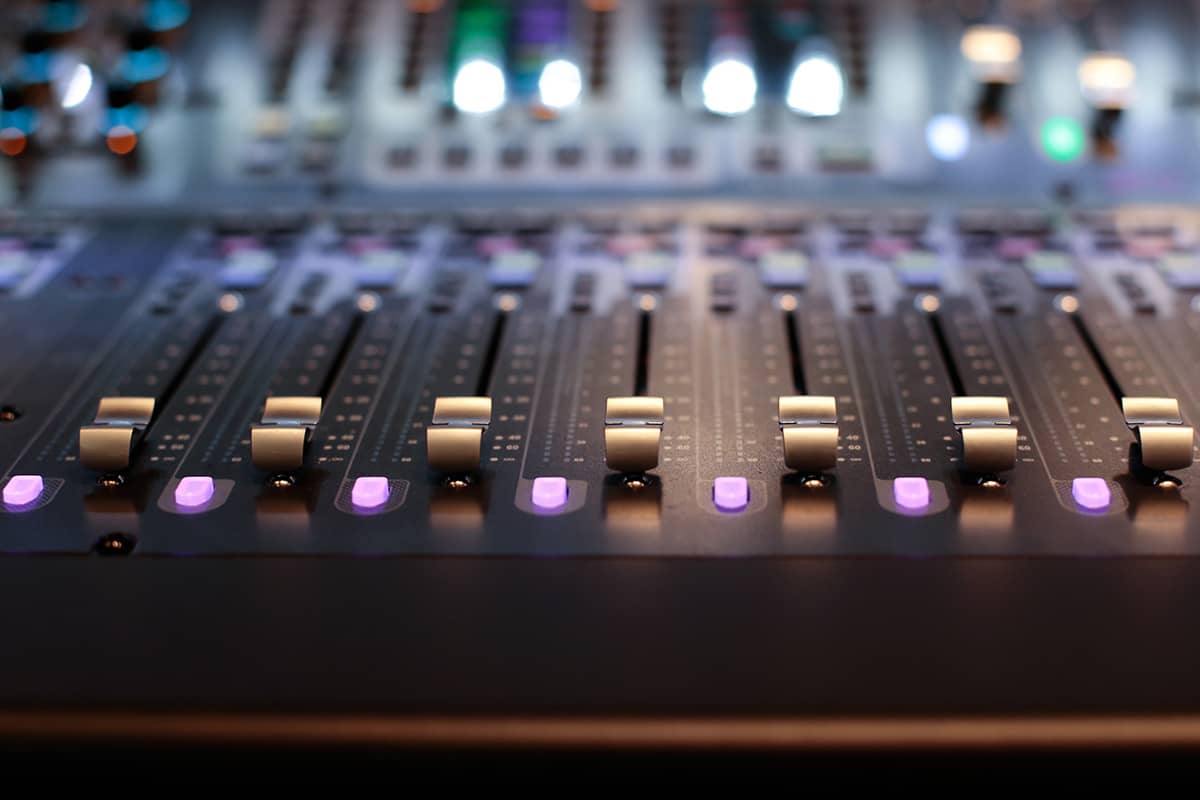Built Different: Media Plans Balanced with Radio Drive 20% Stronger Reach
If you’re an advertiser who has relied heavily, if not exclusively, on television to build your brand, drive leads, and grow your business, then you’re probably feeling the impact on your bottom line.
Between cord cutting and time-shifted viewing, linear television is unable to attain the high reach levels it once could. In most markets, 30-50% of consumers in local markets are watching little to no TV each week and ad-supported OTT viewing is not able to make up for the loss in reach.
This puts many TV-reliant advertisers in a predicament. Without increasing media spend, how do you reach the same number of consumers?
Let’s explore some smart ways to optimize your media spend with insights from our media experts, data from Nielsen and dentsu, and real-life smart media optimization examples. Learn how to achieve better results for your business without increasing your media budget.
Reaching the Right Audience Should Be Easy
It used to be easy to reach people on TV, but it’s now costing more and reaching fewer people. To top it off, the solution to reach more people feels complicated.
Many people feel that the solution to linear TV’s audience erosion is to add digital video to the media mix. But digital video like CTV, is extremely fragmented, making it difficult to garner significant incremental reach. On top of that, when advertisers buy digital video, they frequently turn to their TV sales person, who often builds campaigns that lean disproportionately towards their owned and operated inventory at the expense of greater reach through a myriad of different publishers.
Instead of spending more on TV or engaging the same audience via digital video, it can be much more effective (and easier) to explore high-reach mediums like Radio.
Reach New Heights With Radio
Radio is uniquely capable of complementing a TV advertising strategy by restoring broadcast plans to the high reach levels that are impossible with TV alone.
Radio reaches 84% of no and low-TV viewers ages 25-54
Audio vs. TV reach
When it comes to reach, Audio prevails in every scenario:
- Reaches +10% more than live + time-shifted TV
- +13% ahead of connected TV (CTV) viewership
- Audio holds 2X the attention TV ads garner
When compared to a few years ago, linear TV alone isn’t enough to get advertisers where they need to be based on audience erosion, fragmentation, and cord cutting.
Your Optimized Media Allocation Strategy
Many TV-centric advertisers are reluctant to reduce their TV spend because it is still their number one source of leads, or because of competitive share-of-voice concerns.
But Blum shares that putting all of your eggs in one TV-centric basket leads to dwindling results. “Over-investment in TV leads to diminishing returns, and finding that point can be difficult without a data-centric analysis. Our strategy, which relies on sophisticated media planning software, is helping advertisers discover that point of diminishing return.”
By leveraging Nielsen’s Local Media Impact (LMI), a powerful media planning tool that allows users to understand the impact of shifting dollars between broadcast mediums, Audacy helps advertisers identify the point of diminishing return, and optimize the media mix for optimal results without adding a single dollar to the existing media plan.
Smart Media Allocation in Action
Let’s see some smart media plans in action. In each of these examples, a modest reallocation (20% or less) of a TV budget to Radio has dramatic positive impact on overall plan reach, and has negligible impact on the dedicated TV reach of the optimized media plan.
Pest Control Company Increases Reach by 27% with Radio
TV Spend: A Portland pest control company spends approximately $42,000 per quarter on three TV stations to reach 38% of homeowners.
Smart reallocation: Just a 20% shift from TV to add two Radio stations to the plan (KXSN-FM, KYXY-FM) increases their reach to 49%.
Results: The optimized plan reaches 145,000 more homeowners each quarter, a 27% increase for the same budget. The impact on dedicated TV reach is only a 2% decrease in reach.
Car Dealer Shifts 20% of Media Spend to Radio
TV spend: In Pittsburgh, Crown Chrysler Dodge Jeep Ram typically buys two TV stations, spending an estimated $84,000 each quarter.
Smart reallocation: Just a 20% shift to two Radio stations (WDSY-FM, WBZZ-FM) would increase their reach by 26%. Reducing their TV spend by 20% results in a small TV reach drop of less than 3%.
Results: By incorporating Radio, the car dealer can increase its reach from 47% to 60% of men ages 35-64 in the target area.
Flooring Company Can Reach 38% More People by Adding Radio
TV spend: A larger scale, national flooring company Luna recently bought 11 TV stations in Chicago (May 2023). The estimated $285,000 spent reached 41.6% of Adults 35-64.
Smart reallocation: Shifting 20% from TV to Radio would impact their TV reach by just 2% (41.6% to 40.7%), but deliver a 38% higher overall TV/Radio plan reach.
Results: An additional 310,000 incremental Adults 35-64 would be exposed to Luna Flooring ads with no increase in media budget.
Achieve Results with Radio
Leveraging Radio doesn’t mean giving up TV advertising — it means finding the best balance of both to increase reach and drive leads to your business. If you’re a TV-centric advertiser looking to optimize your media plan for additional reach, consider taking a slice of your budget and investing it in Radio. The data speaks for itself — your campaign will benefit from incremental unduplicated reach. It’s all upside for advertisers.
Want to talk more about reaching your target audience?
Let´s TalkNielsen Media Impact – Target Analyzer March 2024 Adults 18+
Nielsen’s Audio Today, 2023
Dentsu Attention Economy Study with Lumen Research, June 2023, Base 30 second (n=1452); Radio attention is inferred audio attention based on visual attention using MICE methodology. Radio = 12,580 Attentive Seconds; TV = 5,934 Attentive Seconds
Nielsen’s Local Media Impact (LMI)
